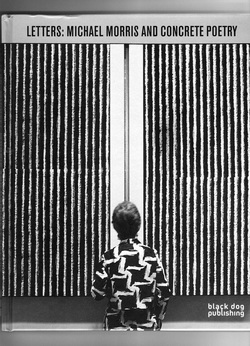
This impressively produced survey of the early work of Vancouver painter, conceptual artist, performance artist, and concrete poet Michael Morris, together with a presentation of Canadian concrete poetry of the 1960s and 70s and its international context was “published to accompany the exhibition” Letters: Michael Morris and Concrete Poetry in 2012 at the University of British Columbia’s Belkin Art Gallery, but not published by the UK’s Black Dog Publishing until late in 2015. The Belkin appears to be the book’s co-publisher and Canadian distributor, although the book is copyrighted only to Black Dog.
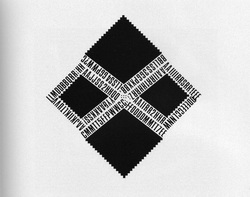 Untitled concrete poem by Morris, 1967. Letters, 105.
Untitled concrete poem by Morris, 1967. Letters, 105. The three essays that accompany the reproductions of Morris’s paintings and sculpture – essays by David McWilliam, William Wood, and Scott Watson – map its development and place and locate it informatively within the context of the art then emerging in Europe and North America. They also relate it usefully to his creative and curatorial projects in mail art and concrete poetry. The two essays that accompany the concrete poetry – Jamie Hilder’s “Concrete Poetry: from The Procedural to the Performative,” and Michael Turner’s “Visual Poems: Imaginary Museums,” are
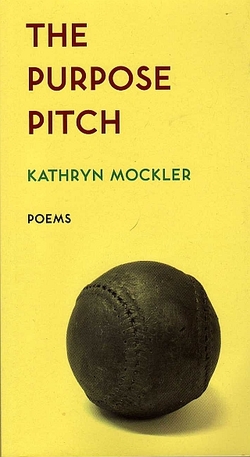
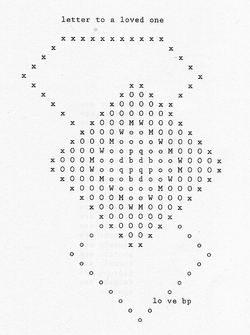
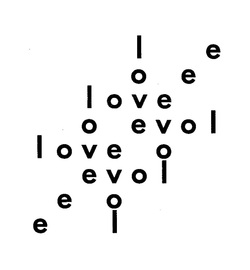
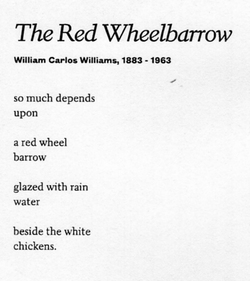
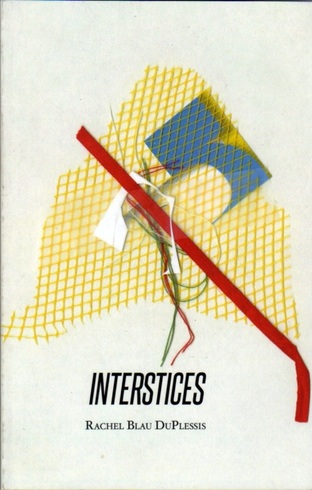
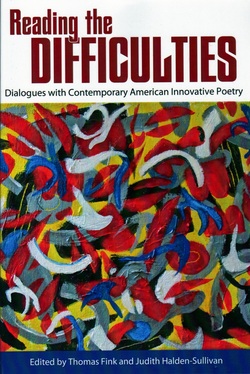
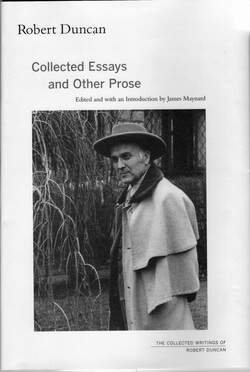
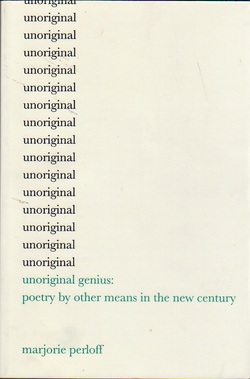
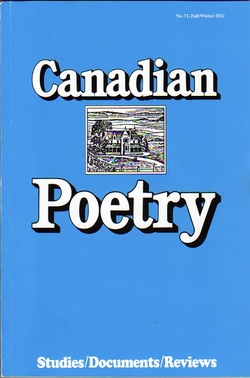
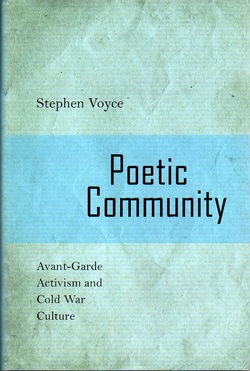
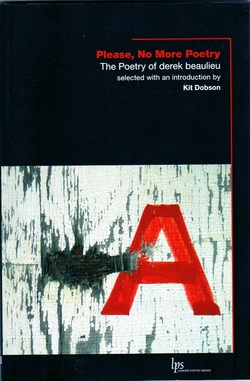
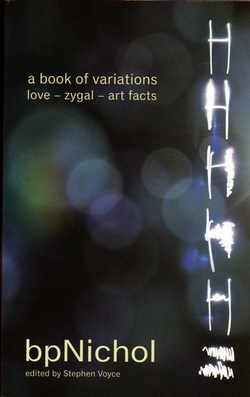
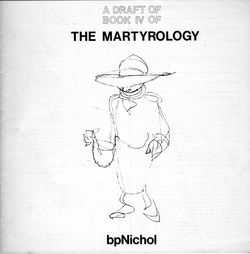
 RSS Feed
RSS Feed